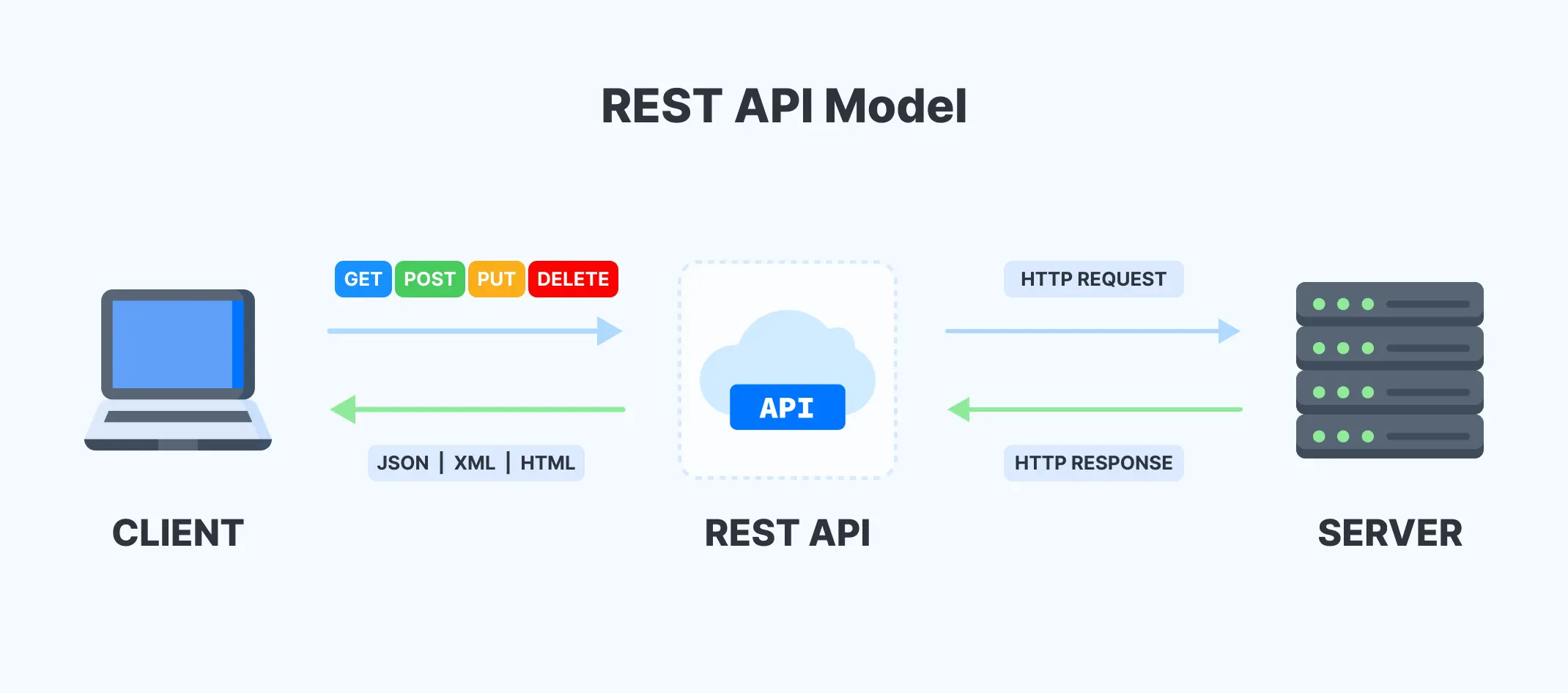
In the landscape of modern web development, RESTful APIs have become a cornerstone for building scalable and efficient web services. Representational State Transfer (REST) is an architectural style that has gained immense popularity due to its simplicity and flexibility. This comprehensive guide will explore what RESTful APIs are, how they work, and why they are crucial for modern web development.
REST, short for Representational State Transfer, is an architectural style for designing networked applications. It relies on a stateless, client-server, cacheable communications protocol – the HTTP protocol. RESTful APIs (Application Programming Interfaces) are designed based on the principles of REST and enable interaction between client and server applications over the web.
RESTful APIs are built around six key principles:
HTTP Methods in RESTful APIs RESTful APIs use standard HTTP methods to perform operations on resources. Each method corresponds to a specific type of operation:
GET: Retrieves data from the server (e.g., fetching user details).
GET /users/123
POST: Submits new data to the server (e.g., creating a new user).
POST /users
{
"name": "John Doe",
"email": "john@example.com"
}
PUT: Updates existing data on the server (e.g., updating user details).
PUT /users/123
{
"name": "John Doe",
"email": "john.doe@example.com"
}DELETE: Removes data from the server (e.g., deleting a user).
DELETE /users/123
Designing a RESTful API involves several key steps to ensure it is efficient, secure, and easy to use:
RESTful APIs offer several advantages that make them a popular choice for web development:
Understanding and implementing RESTful APIs is essential for modern web development. By adhering to REST principles, developers can create APIs that are scalable, flexible, and easy to maintain. Whether you're building a small application or a large-scale service, RESTful APIs provide a robust foundation for seamless client-server communication.

